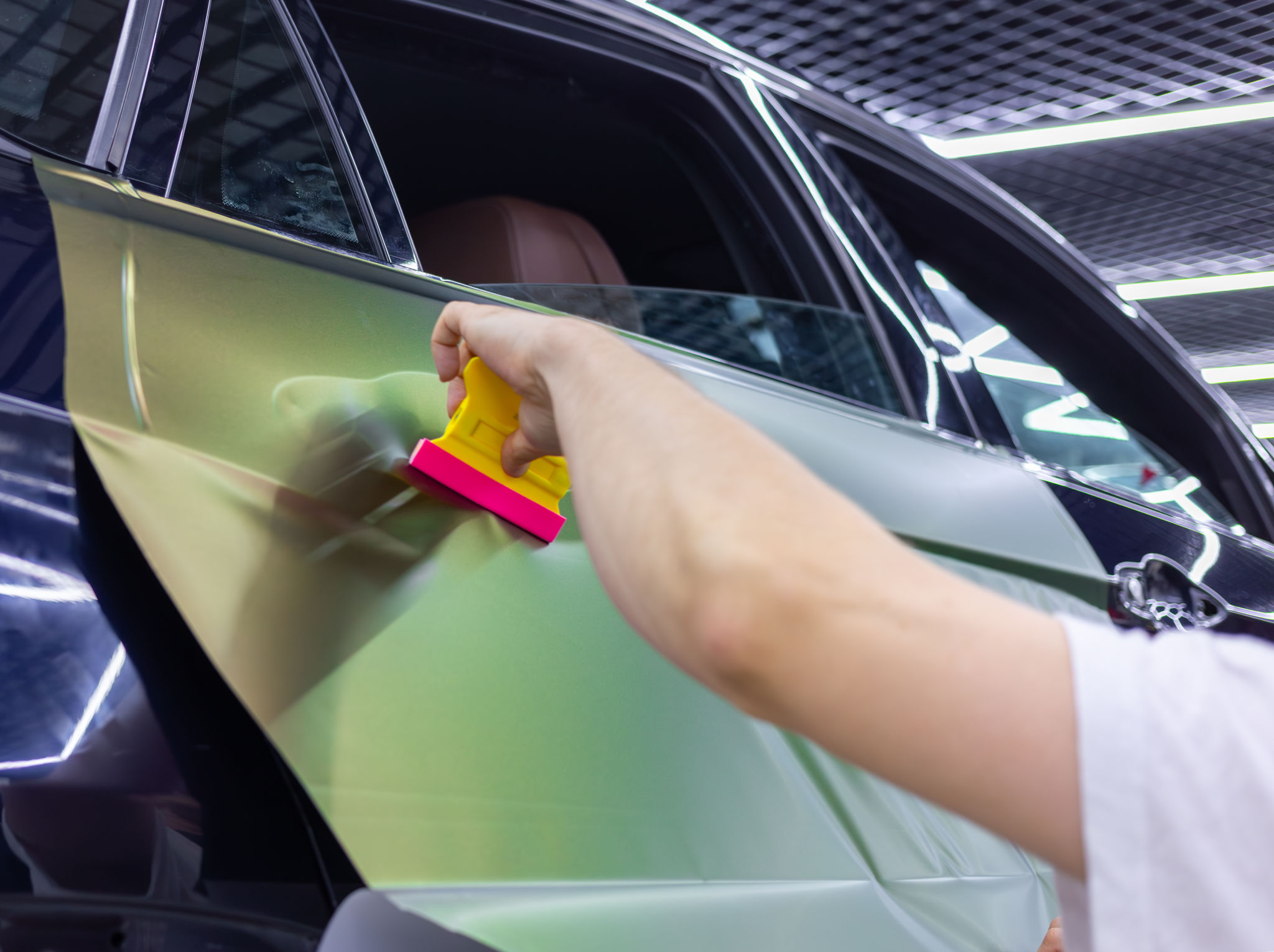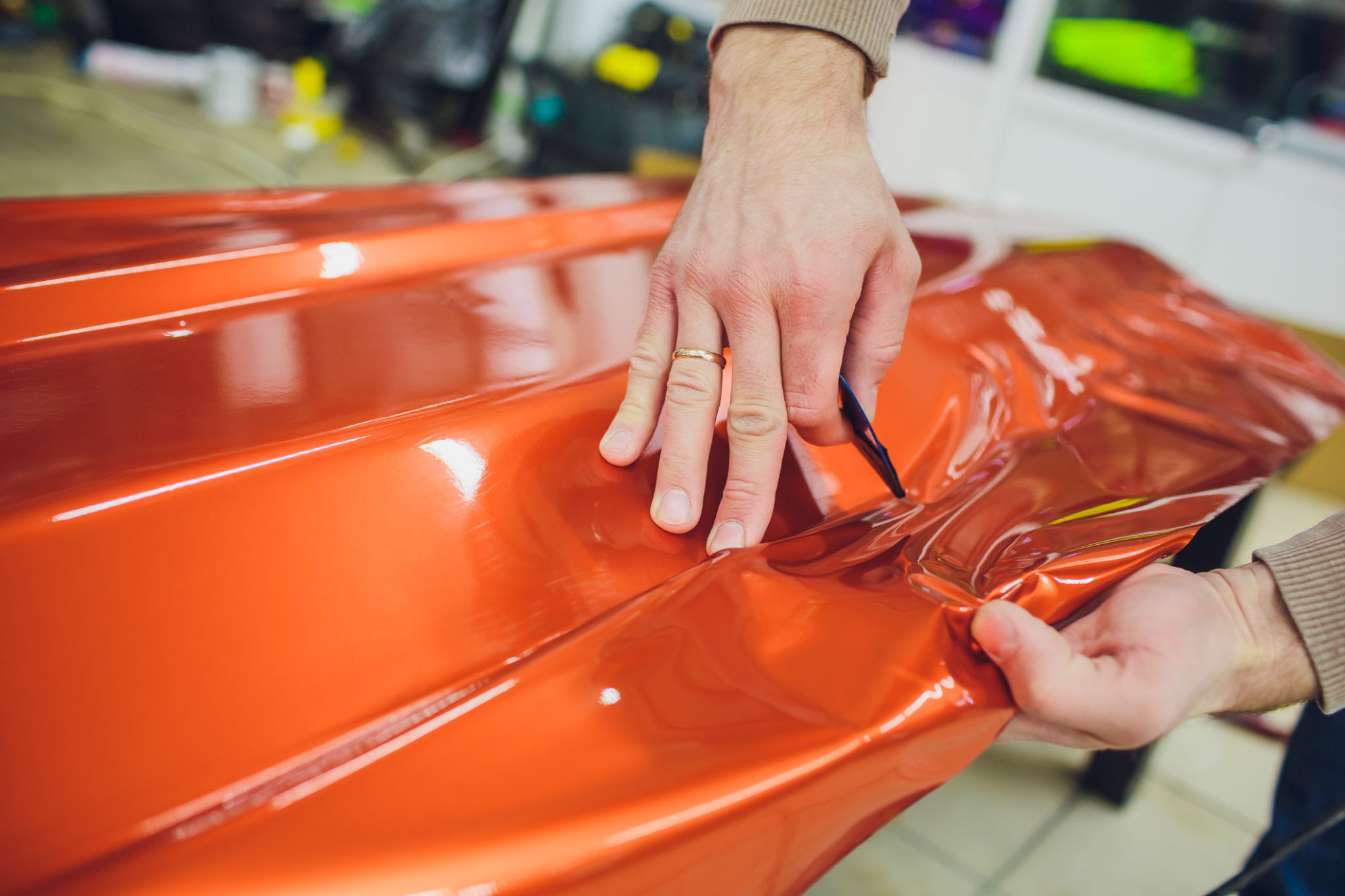DIY Car Wrap Installation: Is It Worth the Risk?
The Appeal of DIY Car Wraps
In recent years, car wraps have become a popular way for vehicle owners to personalize their cars. With a variety of colors and finishes available, the appeal of transforming your vehicle’s appearance is undeniable. For many, the idea of a DIY car wrap installation is tempting, offering the possibility of saving money while achieving a custom look. But is it worth the risk?

Understanding the Process
Before diving into a DIY car wrap project, it's crucial to understand the process involved. Installing a car wrap is not as simple as applying a sticker. It requires careful preparation, precision, and patience. The steps include cleaning and prepping the surface, measuring and cutting the wrap, and applying it without bubbles or wrinkles. Each step demands attention to detail and a steady hand.
Even minor mistakes can lead to unsatisfactory results. For instance, if the surface isn’t properly cleaned, the wrap may not adhere correctly. Similarly, incorrect application can result in bubbles or uneven surfaces that detract from the vehicle’s aesthetics.
The Costs of DIY vs. Professional Installation
One of the main reasons people consider DIY car wrapping is the potential cost savings. Professional installation can be expensive, with prices ranging from several hundred to several thousand dollars depending on the size and complexity of the job. By doing it yourself, you might save on labor costs, but it's essential to weigh these savings against potential risks.
On the other hand, purchasing quality wrap materials isn’t cheap either. When combined with the risk of errors leading to wasted materials or damage to your vehicle’s paint, the financial benefits may not be as significant as they first appear.

The Technical Challenges
Installing a car wrap is not just about skill but also about the right tools. Professionals use specialized equipment like heat guns, squeegees, and precision knives to ensure a perfect fit. These tools help in stretching and smoothing out the wrap, particularly around curves and edges.
Without these tools and experience, an amateur might struggle with achieving a seamless finish. Moreover, handling large sheets of vinyl can be cumbersome and may require multiple hands or assistance.
Potential Risks and Mistakes
Attempting a DIY car wrap installation comes with its set of risks. Common mistakes include misalignment, air bubbles, and tearing of the wrap material. Additionally, improper removal of a botched job could damage your vehicle's paint, leading to costly repairs.
While some issues can be fixed with patience and practice, others might necessitate starting over or seeking professional help anyway.

When to Consider Professional Help
If you’re unsure about your ability to complete a DIY car wrap, it might be wise to consult a professional. Professionals bring expertise, high-quality materials, and tools that ensure a high-standard finish. They can also offer warranties on their work, providing peace of mind against future issues.
For those who prioritize quality and durability over potential savings, professional installation might be the better option.
Conclusion: Weighing Your Options
Ultimately, whether a DIY car wrap installation is worth the risk depends on your skills, patience, and willingness to take on potential challenges. For some, the satisfaction of completing a DIY project is rewarding in itself. For others, the assurance of professional quality is worth the investment.
Before making your decision, consider your confidence in handling detailed tasks and your commitment to achieving a polished result. Whether you choose to do it yourself or hire a professional, transforming your car's look can be an exciting venture.
